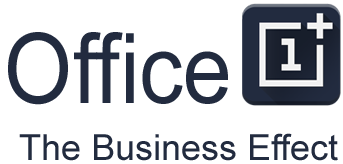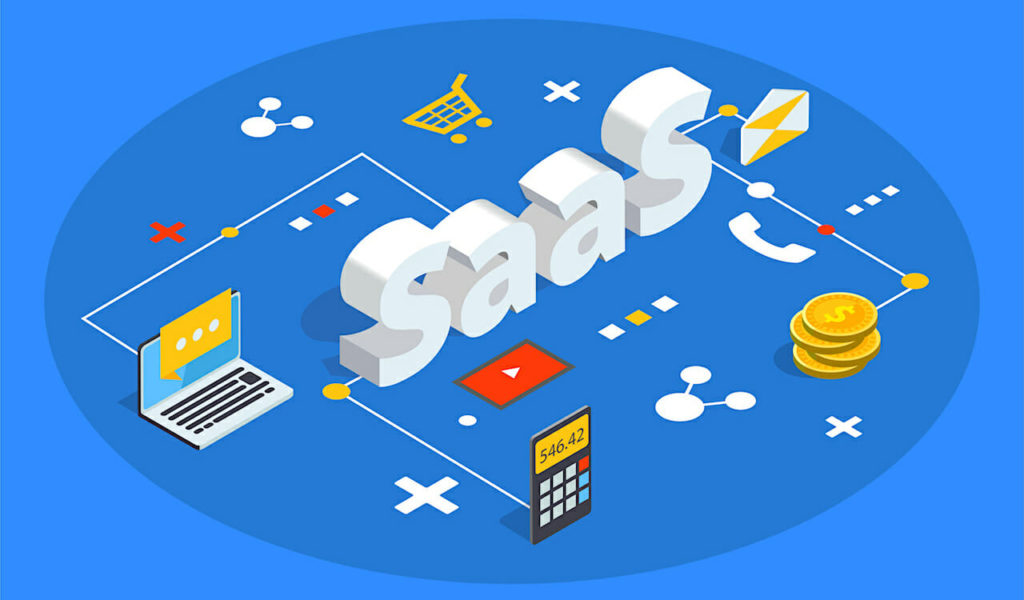Software as a Service (SaaS) is distinct from other types of marketing by the way it presents and sells services to customers. SaaS is available and used over the internet. As discussed here, SaaS utilizes a unique model and market approaches.
Table of Contents
Subscription-Based Model
SaaS adopts a subscription-based model to price its services. Therefore, customers pay for services on a recurrent basis. The model helps SaaS marketers to retain customers in the long term and focus on improving customer satisfaction. Marketing SaaS is easy, as you will find in the following sections.
Customer Lifetime Value
Since SaaS is not a one-time sale, customer lifetime value (CLTV) metrics are a priority for SaaS. Marketers in SaaS find that the long-term revenue generated from customers informs the sustainability of the SaaS model. Therefore, marketing strategies target customer loyalty, churn reduction, and encouraging customers to upgrade their products or services.
Relationship Driven
Decisions in SaaS marketing are dependent on customer behavior and feedback. Consequently, SaaS marketing is relationship driven. SaaS marketers have to have a strong relationship with customers to retain customers and have the customers advocate for their products.
User Education
SaaS often involves complex products that require some form of customer education. Therefore, marketers provide resources and support to help users understand the use of products. They may provide such resources as demos, tutorials, and help centers.
Reliance on Data
SaaS leverages data to inform marketing decisions. Marketers keep track of customer behavior and feedback to optimize their marketing strategies. They also rely on such data to continuously improve their products over time. Information is the greatest asset to a SaaS marketer.
Free Products and Services
If you are selling a physical product, it is rare to give away free stuff. However, free products or services are standard in the SaaS marketing model. Free trial helps SaaS marketers to acquire and onboard new customers.
Short Sales Cycles
SaaS has characteristically short sales cycles. While other forms of marketing, such as B2B sales, may have 12-month cycles, SaaS sales cycles are relatively short. Customers interested in a product will ask a friend, perform a simple Google search, or watch a demo. They can then make their purchasing decision and buy within minutes or hours.
Focus on Products and Support
The goal of SaaS is to have the service sell itself. While there are many considerations, like customer retention, customer acquisition costs, and CLTV, these do not form the bulk of SaaS marketing. All you need is an excellent product and available and helpful support. With these two, the rest of the problems will take care of themselves.
Agile and Iterative Marketing
SaaS requires that marketers be agile and iterative. They need to adapt quickly to changing needs. They must also be willing to experiment with various marketing channels and strategies. Therefore, campaigns can change in real time based on the data gathered.
Final Thought
SaaS encompasses various strategies like customer relationships, recurring revenue, and product value. The symphony of these strategies relies heavily on data from customer behavior and feedback to inform everyday marketing decisions. SaaS marketers have to be agile, dynamic, and willing to try a different blend of strategies to meet customer expectations. The goal is to create customer loyalty and encourage customers to upgrade products or services.

